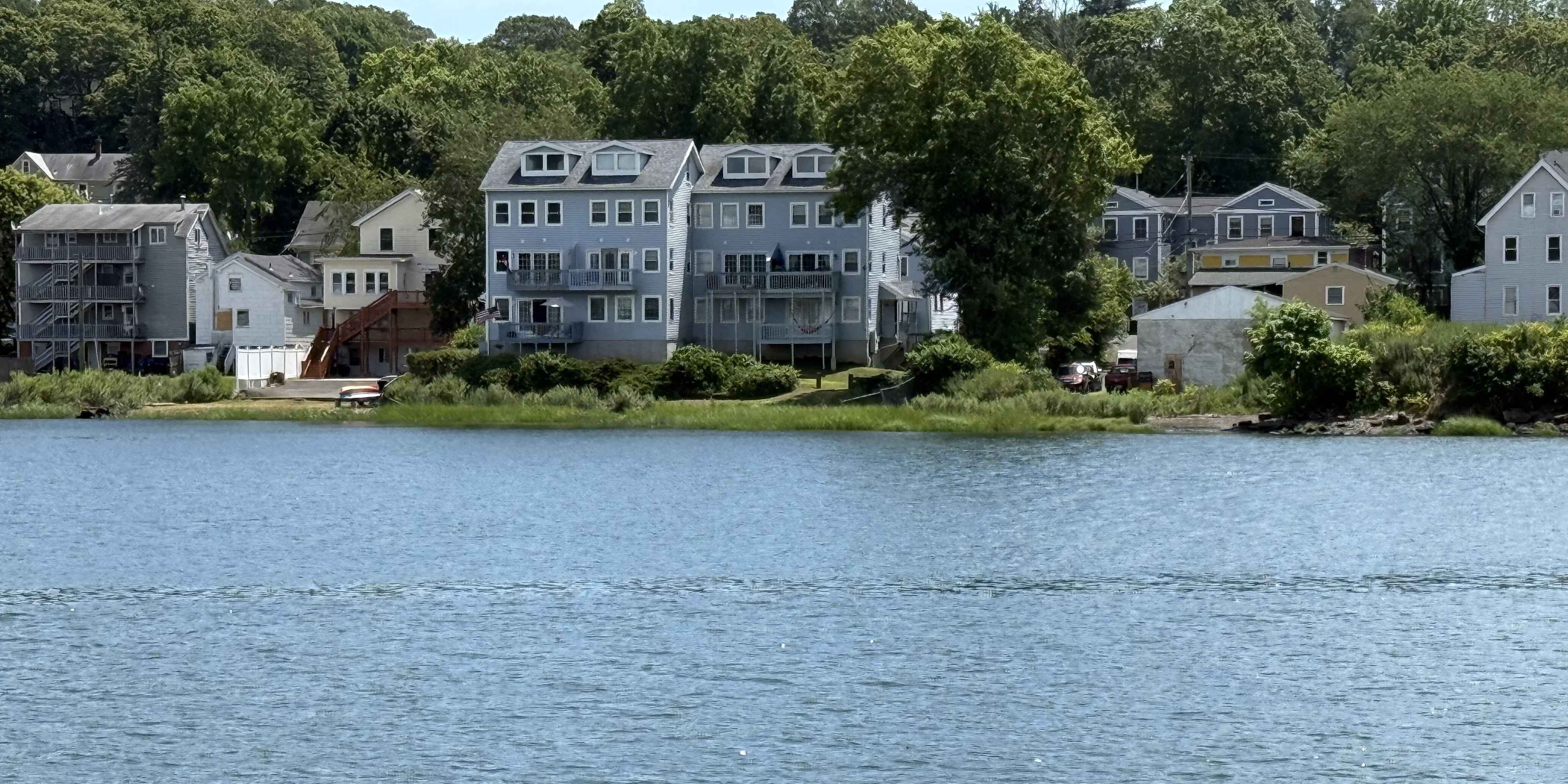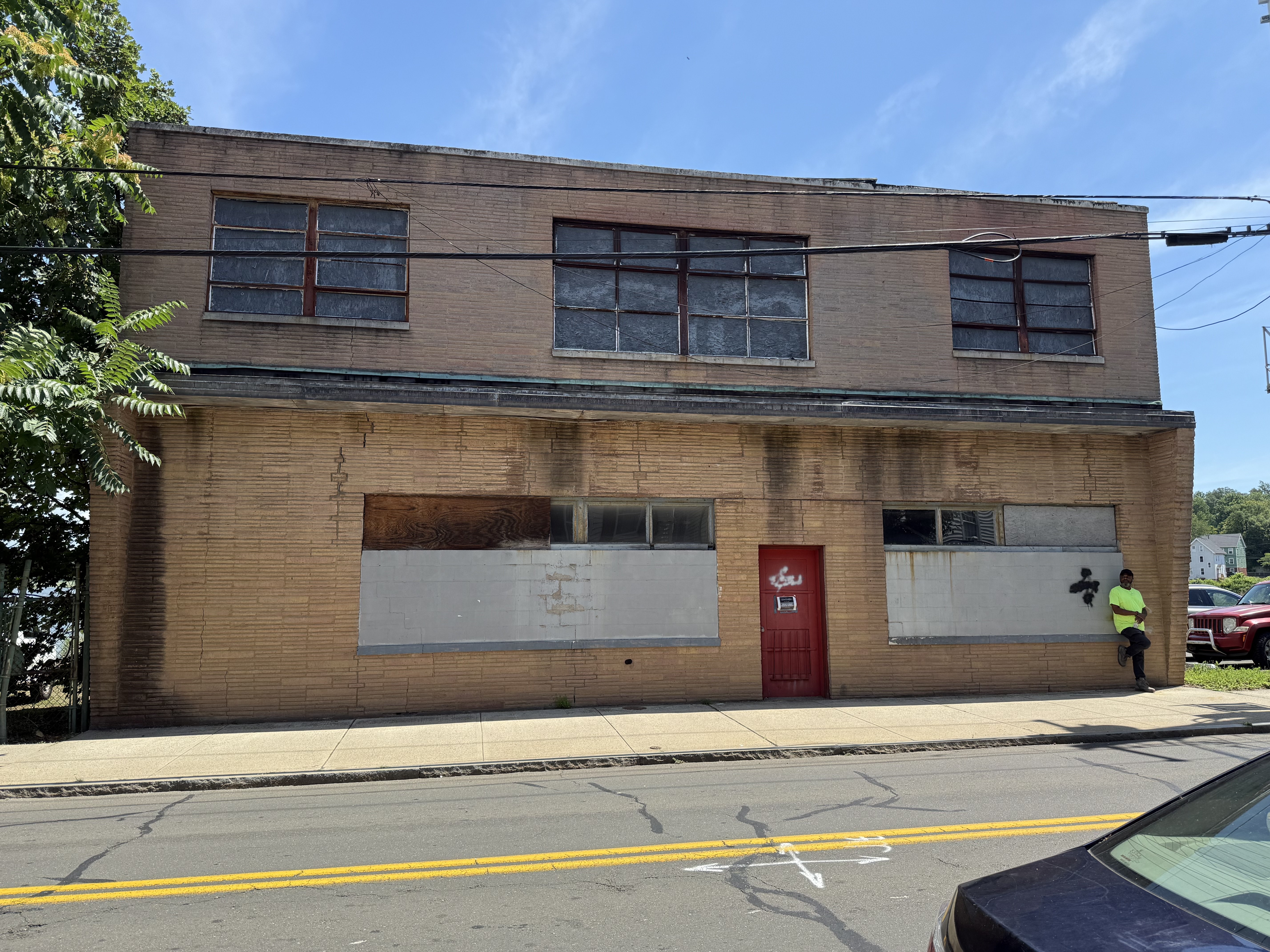
Adam Walker photo
185 Front St.: Clean-up awaits.
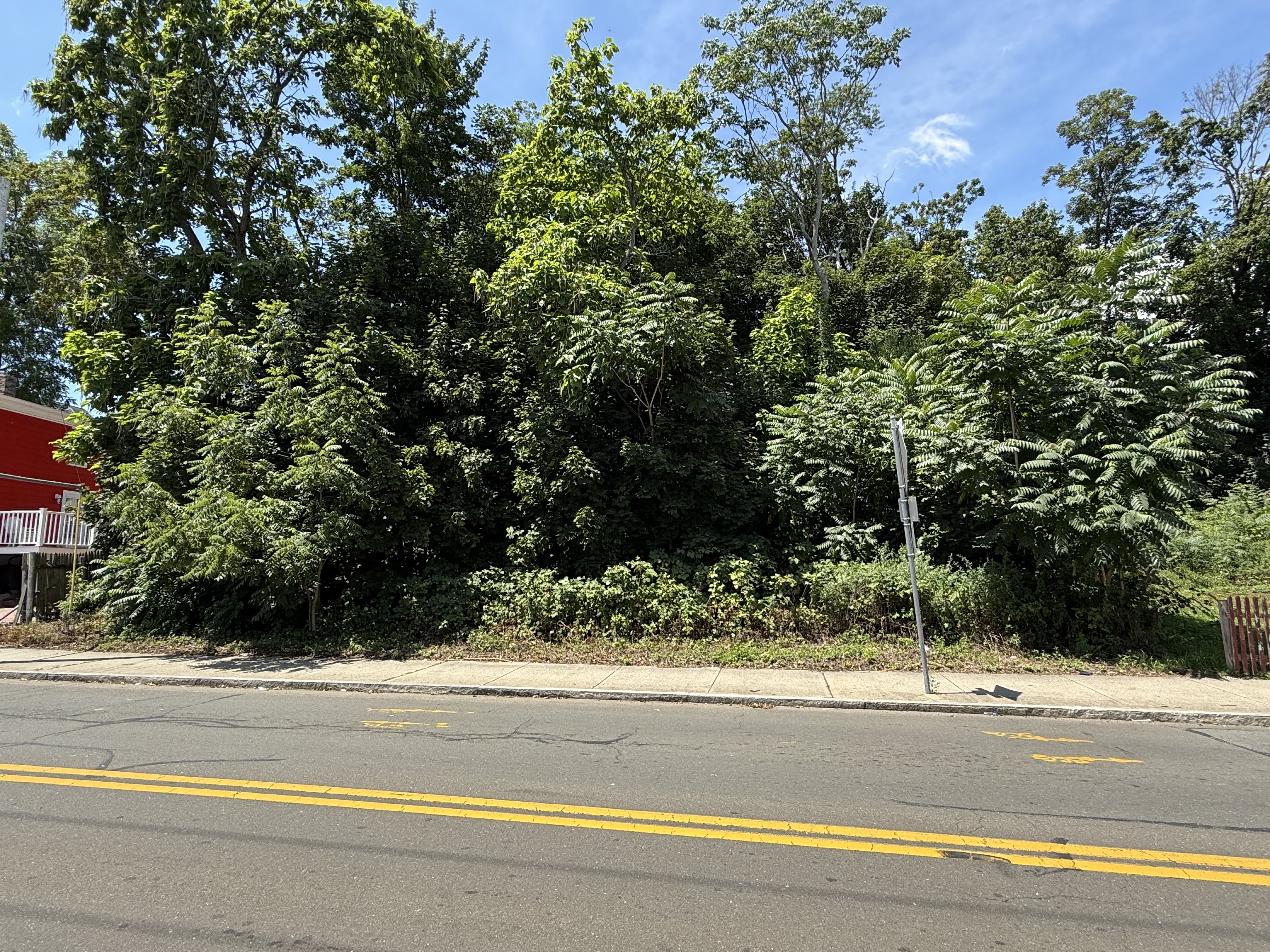
212 Front St.
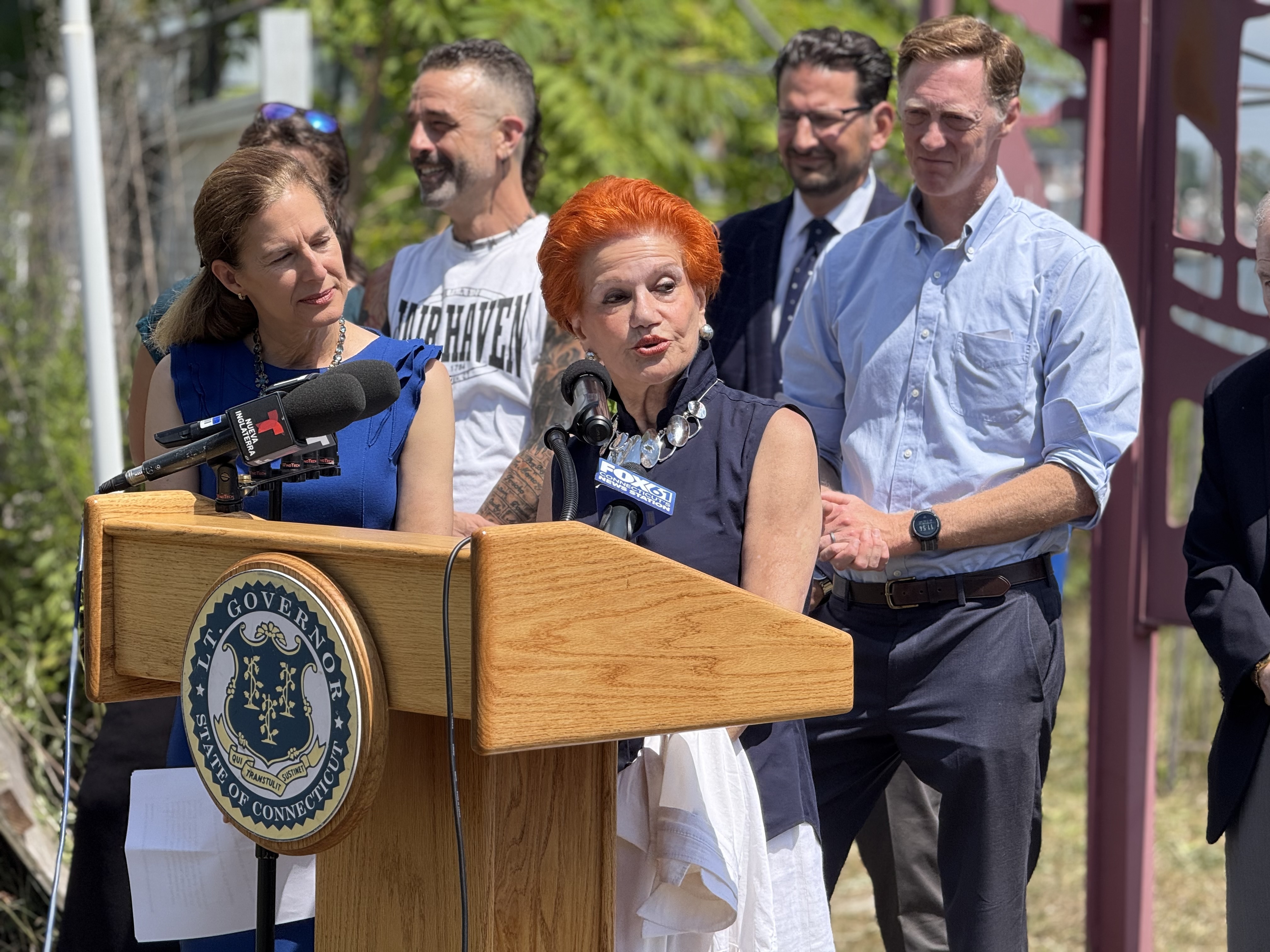
Fereshteh Bekhrad at Wednesday's announcement.
Take a look at the row of decaying industrial buildings and vacant areas on Front Street — once home to a fuel tank farm, a metalworking shop, and a neglected courtyard.
Now, thanks to nearly $1 million in state brownfield remediation funding, those long-contaminated properties are set to be demolished and replaced with a vibrant new community hub featuring housing, retail, and a public promenade along the Quinnipiac River.
City and state officials gathered Wednesday morning at 185 Front St. to celebrate the funding approved by the Connecticut Department of Economic and Community Development’s (DECD) Brownfield Remediation and Development Program. The money will allow the city to clean up a cluster of polluted properties at 185, 212, and 213 Front St. and clear the way for a $35 million redevelopment led by architect, planner, and longtime Fair Haven resident Fereshteh Bekhrad.
Wednesday’s press conference drew a full slate of supporters including Mayor Justin Elicker, Lt. Gov. Susan Bysiewicz, State Sen. Martin Looney, State Rep. Al Paolillo, Fair Haven Alders Frank Redente and Sarah Miller, DECD representative Lindy Lee Gold, and DEEP Brownfield Program Coordinator Amanda Limacher.
The project is to be called Oyster Harbor Village. (Click here for a previous story about it.)
Bekhrad, who has lived in the neighborhood since 1993, said the vision for the site began two decades ago with a walk across the river. Originally from the Caspian Sea region, Bekhrad, owner of Riverfront Development and holder of both architecture and business degrees, is an urban designer who hand-drew the redevelopment plans herself. She has previously invested $8 million into developments across the city.
“When I walked across the bridge in 2005, I looked at both sides and said, ‘My God, this is better than the Riviera,’” she said. “People said I was nuts. But I saw what this place could be — a gathering place where everything slows down.”
According to Bekhrad, cleanup and demolition work will begin soon, starting with site testing to assess the depth and extent of contamination beneath existing structures. Once remediation is complete, construction will proceed in phases over approximately three years. The first phase will focus on building the 70-unit residential complex, while the lots at 212 and 213 Front St. will be used for staging during construction.
Once the housing portion is completed, the team will shift to developing the 18,000 square feet of commercial storefronts and live-work units for artists across the street, completing the project’s full buildout.
“I’m very blessed to be in this neighborhood,” Bekhrad said. “I’ll keep working on this as long as I’m still vertical.”
The multi-phase project, which received $947,500 in state brownfield remediation funding, will bring 70 new housing units, including 10 percent set aside as affordable housing for residents earning 50 percent or less of the area median income — around $45,500 for a two-person household. The development will also feature 10 live-work units for artists, 18,000 square feet of commercial and retail space, and 29,000 square feet of green space. A new 600-foot public promenade and floating market will provide community access to a previously fenced-off stretch of the Quinnipiac River, long cut off from the neighborhood due to decades of industrial use and environmental contamination.
Elicker and Bysiewicz praised this project as an ideal example of using public investment to unlock private development and revitalize overlooked neighborhoods.
“Fereshteh could have made the decision to build a private waterfront for residents,” Mayor Elicker said. “But instead, she said, ‘I want to add to the community benefits of this neighborhood to make sure our community has access to the water.’ That’s something we shouldn’t overlook.”
Looney, who grew up in the neighborhood and was honored with a round of “Happy Birthday” during the event, said the project exemplifies New Haven’s efforts to grow its population and reclaim once-industrial neighborhoods.
Alder Redente, who represents Ward 15 and is a lifelong Fair Haven resident, said the project marks a turning point for a site that has sat idle and polluted for as long as he can remember.
Redente’s great-grandfather immigrated from Italy to the United States in 1907 and settled in New Haven by 1917. His grandmother lived in the Quinnipiac Terrace housing projects on Front Street starting in the 1950s, and his father and uncle grew up racing boats on the nearby river. He recalled walking across the Grand Avenue Bridge from Fair Haven Heights as a child to visit his grandmother, passing the very lot now slated for redevelopment.
“We played in this lot as kids before there were fences,” he said. “This is going to be amazing — and what better place to have it than right here in Fair Haven.”
The ceremony also recognized a second DECD grant of $880,000, awarded for cleanup at the former New Haven Coliseum site, now known as Square Ten. That portion of funding, which is part of a separate project, will support remediation along State Street, where Spinnaker Real Estate Partners plans to construct a second residential building wrapped around a garage — adding to the apartment-retail building already completed at the site.
According to City Economic Development Administrator Mike Piscitelli, the current plan calls for at least 100 new apartments in that upcoming structure. A third proposed building, a bioscience tower, is also envisioned for the site, though its future remains uncertain due to current market conditions
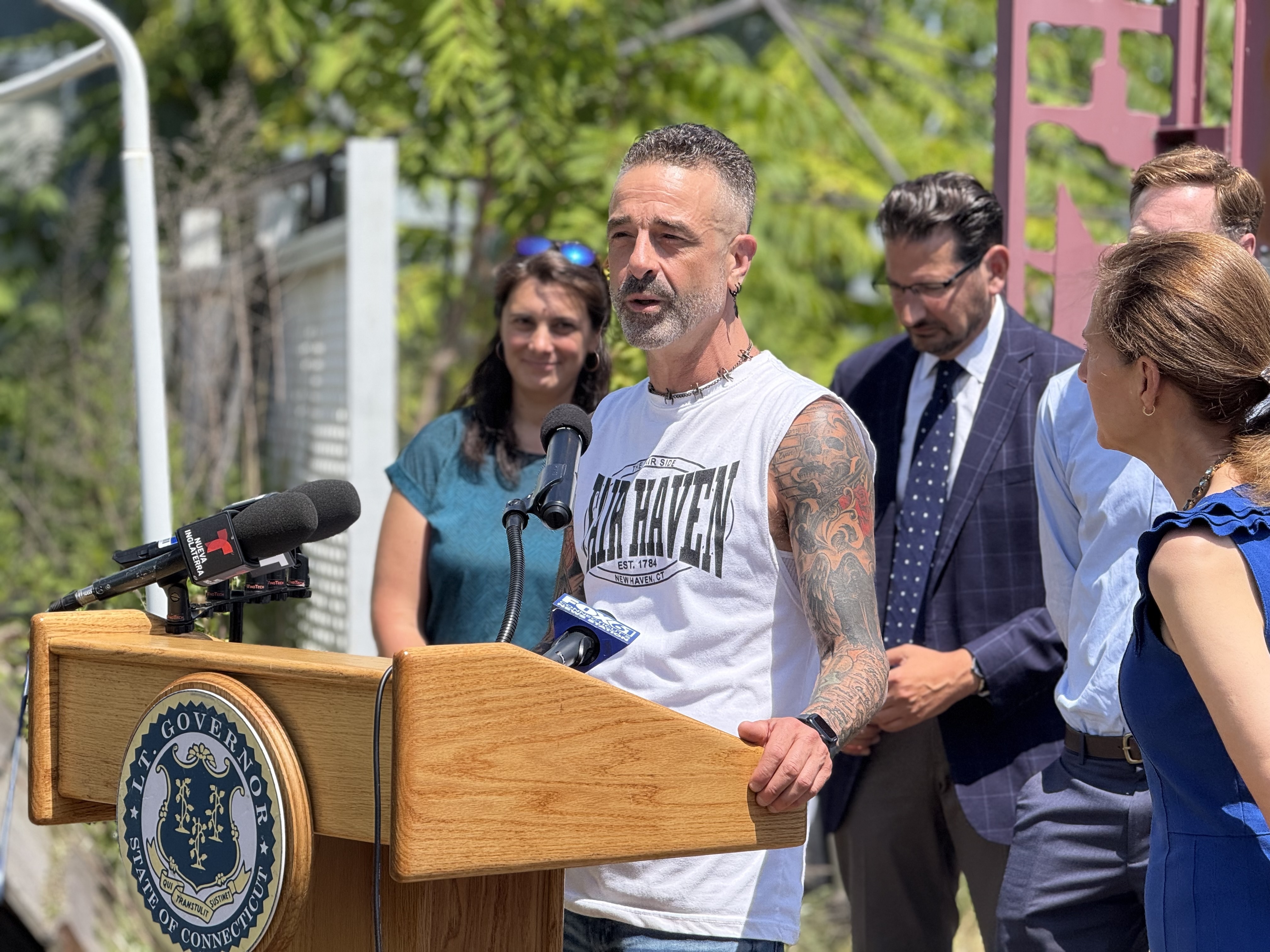
Fair Haven Alder Frank Redente
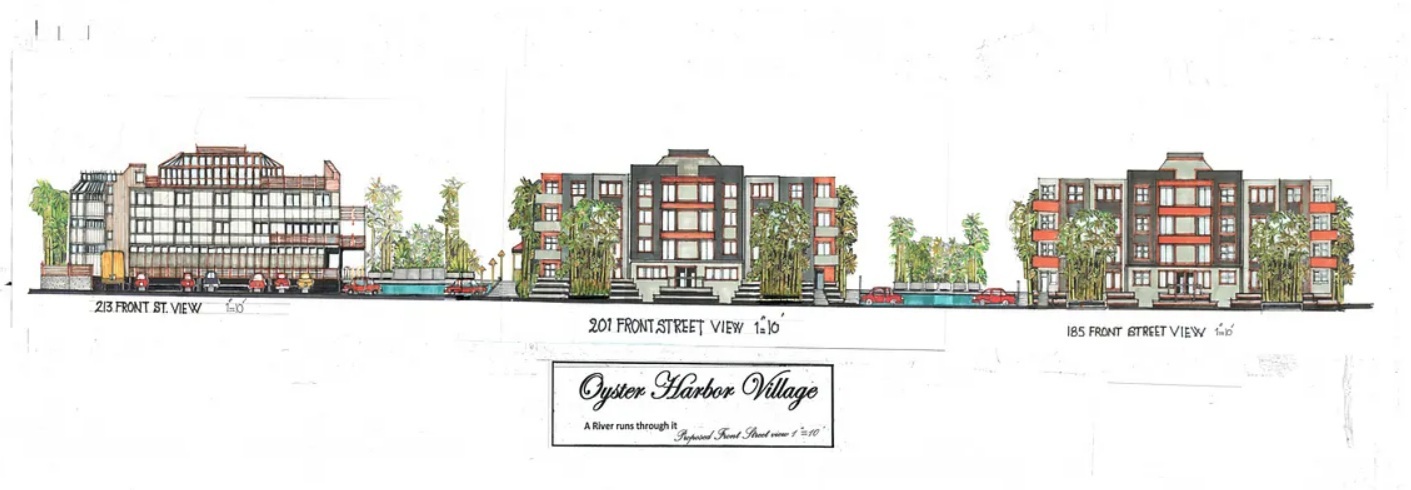
Rendering of the planned project.
